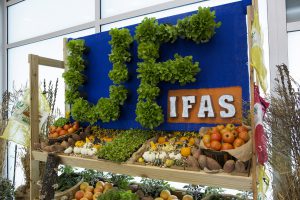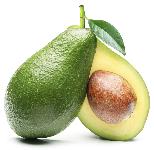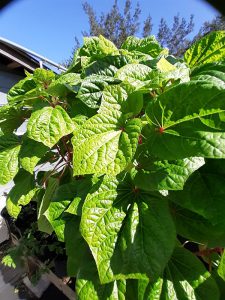Don’t go hungry
Food glorious food. It grows on trees. Really, also on bushes and shrubs and even ground covers. Going hungry doesn’t seem like an option when you can grow food. Growing food in your yard seems easy enough. You’d be crazy not to try.
Cut out the middlemen

Grocery stores are pretty smart. They don’t grow food. They buy it from people called farmers. Then they resell it to us. People flock to their stores and buy up all of this food. The truth is if there is profit to be made, then the average Joe or Joanne could cut out these farmers and grocery stores and save some money. Of course, I’m trying to be funny. Maybe a weak attempt, but under that thin veil of humor lies a simple truth. You can grow food in your own yard and maybe save a dollar or two.
Year-round vegetables

The world has several crops we consider staples. Rice, corn, and potatoes are three common ones that come to mind. Of those three potatoes are probably easier to grow and provide longevity. In other words, they can be stored in cool dry places without refrigeration and provide sustenance for a long time. Potatoes are usually planted from November through January in Central Florida and harvested from February to April. Sweet potatoes, a superfood, are vining tropical potatoes that we plant in June and harvest in October. Sweet potatoes are one of the few vegetable crops we grow in the summer in Florida and the foliage of the sweet potato is also edible. . Either could be planted in and around your existing plants. They could also be grown in large pots and take up very little room.

Learn from UF/IFAS Master Gardeners
Your yard is an empty canvas, waiting to be filled with all sorts of edible plants. Although Florida summers are too hot for annual vegetable crops, there are many perennial plants you could add to your landscape that are edible. Pineapples, bananas, and star fruit are some possibilities, but the options are endless. Perennials will return year after year and not require replanting UF/IFAS Highlands County Master Gardeners are offering a free online class on Edible Landscapes. You’ll leave the class with plenty of ideas on filling your yard with edible plants and fruits. Register by clicking HERE!
Stay in touch!
In Highlands County, our office is at 4509 W George Blvd., Sebring. The Master Gardener Help Desk is open Monday – Friday from 9 AM to 3:30 PM.
That’s what’s new from the Hometown Gardener. Like and Follow me on Facebook at Hometown Gardener.
Read my other blogs by clicking here.
Sign up for our Highlands County Master Gardener Volunteer, “Putting Down Root” Newsletter Here.
Join our Facebook groups Highlands County Master Gardeners, Science-Based Florida Gardening Answers, Central Florida Butterfly and Pollinator Club, and Heartland Beekeepers
 1
1
